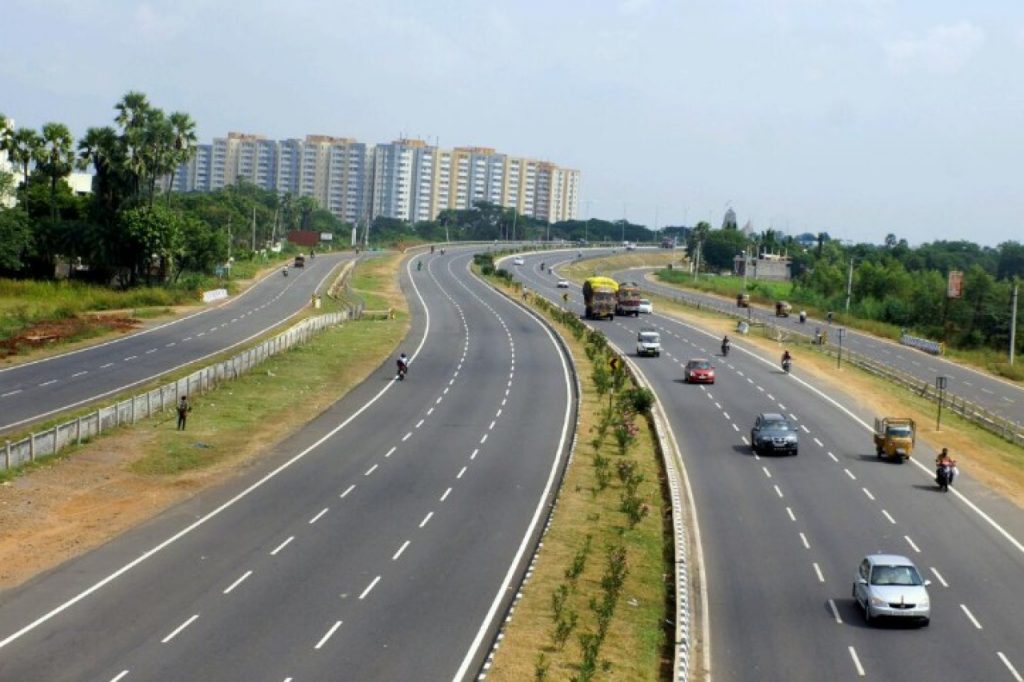Dasarathi Mishra
Bridging the infrastructure deficit is a major challenge for India. In the past, between 1948 and 1964, three financial institutions were established to provide long-term finance — the Industrial Finance Corporation of India (IFCI), the Industrial Credit and Investment Corporation of India (ICICI) and the Industrial Development Bank of India (IDBI). Three decades down the line with policy changes the Reserve Bank of India (RBI) could not continue with the concessional funding it was providing in the form of longer-term operation funds. As a result, these institutions were subjected to market-based borrowing and lending rates which they could not sustain. Subsequently, the institutions were converted into banks. This policy change also left an institutional vacuum in infrastructure financing.
In the context of infrastructure development it is worth noting the observations of Raghuram Rajan, former RBI Governor, in his book “I do what I do” (2017). It precisely mentioned that the ambitious plan for building our infrastructure includes: ensuring the availability of inputs such as power, minerals and water at competitive prices; linking everyone electronically and financially; encouraging development of markets, warehouses, regulators, information aggregators and business correspondents. In certain areas our achievement is commendable and in some a lot has to be done.
Infrastructure financing would be a game changer in the economic management of the country. The concept of setting up of a national infrastructure bank at the apex level was suggested by this author in his article “National Infra Bank” published in Orissa POST on 24 April 2013. It’s good to see that this concept has seen the light of the day in the Union Budget 2021-22.
In the Budget, Union Finance Minister Nirmala Sitharaman announced that “Infrastructure needs long-term debt financing. A professionally managed Development Financial Institution (DFI) is necessary to act as a provider, enabler and catalyst for infrastructure financing. Accordingly, I shall introduce a Bill to set up DFI.”
Taking the matter forward, the government on March 23, 2021 tabled in the Parliament and passed the National Bank for Financing Infrastructure and Development Bill 2021 that among other things, seeks to establish a statutory institution to support the development of long-term infrastructure financing in India and to carry on the business of financing infrastructure. The statutory institution called National Bank for Financing Infrastructure and Development (NABFID) would have developmental and financial objectives. As per the government pronouncements, NABFID will be a statutory body to be ready shortly. It will be set up with a corpus of `20,000 crore and the government will give an initial grant of `5,000 crore. The Centre expects the DFI to leverage the fund to raise upto `3 lakh crore in the next few years. This is a significant step in transforming India’s manufacturing sector and a positive move towards $5 trillion economy, which may take more than five years to realise.
In the past, the government had experimented in India’s infrastructure financing. India Infrastructure Finance Company Limited (IIFCL) was incorporated as a wholly-owned Government of India company in January 2006 and commenced operations from April 2006 to provide long-term finance to viable infrastructure projects. The RBI invested $5 billion from its foreign exchange reserve, in fully government guaranteed foreign currency bonds issued by an overseas SPV of the IIFCL. The funds thus raised were used by the company for on-lending to Indian companies for infrastructure. In response to an announcement in the Union Budget 2014, the RBI in July 2014, allowed banks to issue long-term bonds with minimum maturity of seven years to raise resources for lending (i) long-term projects in infrastructure and (ii) housing. The scheme was not very successful as banks may face ALM mismatch and the lurking NPA load.
It may be recalled that reforms in infrastructure sector started to gather momentum in the mid-1990s. In 1996,the Expert Group on Commercialisation of Infrastructure Projects (Chairman DrRakesh Mohan) gave a blueprint for reforming the sector as it addressed issues of both financing and regulation. In 1997-98, the Infrastructure Development Financial Corporation (IDFC) played a pivotal role in financing infrastructure projects. In the same period, Telecom Regulatory Authority of India(TRAI) was set up. In 1995, the National Highway Authority of India (NHAI) and in 1998 the National Highway Development Project (NHDP) were set up to enhance connectivity. Pradhan Mantri Gram Sadak Yojana was having the same effect on rural connectivity. Side by side Tariff Authority of Major Ports was set up and private sector was allowed. The period 1995-98, thus, saw a quantum jump in infrastructure policy development to push growth.
Power sector reforms were initiated in Odisha in mid-1990s based on policies first introduced with the help of the World Bank. The reform process involved ‘unbundling’ of vertically integrated public-sector power utilities into separate entities involved in generation, transmission and distribution of power. The Electricity Act, 2003 supports creation of a single national market for power with multiple buyers and sellers.
Tele-density in India has witnessed a quantum jump. In 1991, at the beginning of financial reforms, five million Indians had telephones. India’s telecommunication network is the second largest in the world by number of telephone users (both fixed and mobile) with 1171.80 million subscribers as on 31 October 2020. As on 31 October 2020, India has the world’s second-largest Internet user-base with 734.82 million broadband Internet subscribers.
Developing corporate bond market would go a long way in augmenting resources for infrastructure. So far the corporate bond market has not made any visible progress in India. Bond market finds it difficult to have a decent market share. SEBI is taking steps to develop the bond market. Foreign investments help deepening debt and derivative markets as they contribute to liquidity and price discovery.
The infrastructure development would expand international trade, make the exports cost-competitive, enhance economic fortune of the country, spur growth and create a new economic geography.
The writer is a former central banker.
